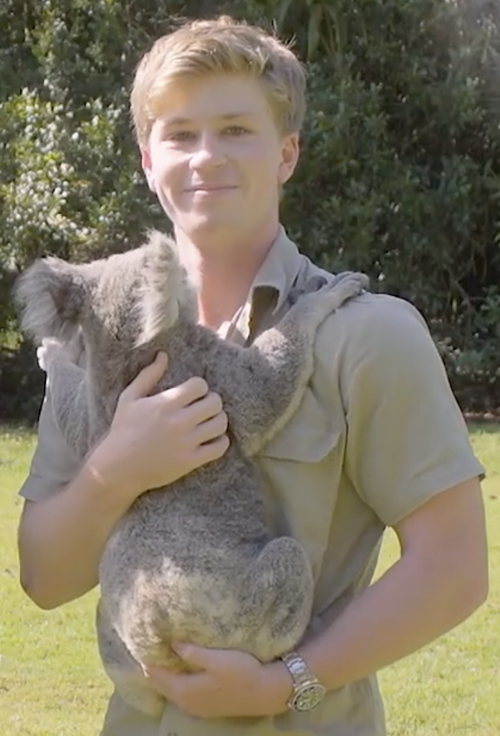As the 2025 German federal election draws near, one tool has become indispensable for voters seeking to understand where they stand in relation to the political parties: Wahl-O-Mat. Here’s everything you need to know about how it works and how it can help you make a more informed decision in the upcoming election.
How Does the Wahl-O-Mat Work?
The process is simple yet insightful. The Wahl-O-Mat presents voters with a set of statements regarding important federal policy issues. These statements, known as theses, cover a wide array of topics such as the economy, climate change, healthcare, and social welfare. You will then be asked to respond by selecting one of the following options for each statement:
• Agree
• Disagree
• Neutral
• Skip Thesis
For issues that are particularly important to you, you have the option to give more weight to your answers. Once you’ve completed all the statements, the Wahl-O-Mat analyzes your responses and compares them with the positions of the political parties participating in the election. It will then show you which parties align most closely with your views. The tool also allows you to explore and compare each party’s answers in greater detail, providing insight into their stances.
Importantly, while Wahl-O-Mat can help guide your decision, it is not a direct voting recommendation. Instead, it acts as an aid, allowing you to better understand where parties stand on critical issues.
Crafting the Theses: Who Is Behind the Process?
The creation of Wahl-O-Mat’s theses is a carefully structured process. The team itself is composed of 24 individuals, aged 16 to 26, chosen from all regions of Germany, ensuring a broad range of perspectives.
Once these young voters have gathered input from various stakeholders, they present 80 theses to the political parties. These statements cover vital election issues and are intentionally designed to provoke diverse opinions, which is why they have been selected based on their controversial nature. The parties then respond by providing their answers and justifications, which are included in the final version of the Wahl-O-Mat.
However, it’s important to note that the parties themselves do not create or choose the theses. They only provide their responses, ensuring that the content remains impartial and free from party influence.
The Role of the Federal Agency for Civic Education (BPB)
The Wahl-O-Mat is a product of the Federal Agency for Civic Education (BPB), an independent organization operating under the German Ministry of the Interior. Founded in 1952, BPB’s mission is to promote political education, strengthen democratic awareness, and encourage active participation in the political process. The Wahl-O-Mat tool serves this mission by helping voters understand political issues and make informed decisions.
The BPB is overseen by a board of trustees made up of 22 members of the German Bundestag, while a scientific advisory board of experts offers guidance on the agency’s fundamental matters. The agency’s politically neutral stance is key to maintaining the integrity and objectivity of tools like Wahl-O-Mat.
The 2025 Election: Key Dates and Parties
The 2025 German federal election will be held on Sunday, February 23, 2025, with polling stations open from 8 a.m. to 6 p.m. For those unable to vote in person, absentee ballots are available.
This election will determine the composition of Germany’s 21st Bundestag, with 29 parties contesting the election. Among the seven major parties currently represented in the Bundestag are:
• CDU/CSU: Christian Democratic Union of Germany
• SPD: Social Democratic Party of Germany
• Greens: Alliance 90/The Greens
• AfD: Alternative for Germany
• BSW: Sarah Wagenknecht Alliance – Reason and Justice
• The Left
• FDP: Free Democratic Party

In addition, many smaller parties are also vying for seats, with a 5% minimum threshold required for representation in the Bundestag. This ensures that only parties with significant public support will have a say in Germany’s federal government.
Eligibility and Voter Information
To participate in the 2025 federal election, you must meet the following criteria:
• Be a German citizen
• Be at least 18 years old on election day
• Have lived in Germany for at least three months
• Not be excluded from voting rights (e.g., due to a criminal conviction)
Approximately 59.2 million eligible voters are expected to participate, including both those living in Germany and abroad. Germans living abroad had until February 2, 2025, to apply for absentee ballots, while those in Germany must be registered to vote by January 12, 2025.
Conclusion
As Germany prepares for its crucial federal election in 2025, the Wahl-O-Mat offers a unique opportunity for voters to engage with the issues and better understand how their views compare with the platforms of various political parties. While it doesn’t tell you how to vote, it provides a valuable resource for navigating the complex political landscape and ensuring your voice is heard at the ballot box.
Whether you’re a first-time voter or a seasoned political participant, using the Wahl-O-Mat is a great way to enter the election process informed, ready to cast your vote, and prepared to engage with the future of Germany’s democracy.










